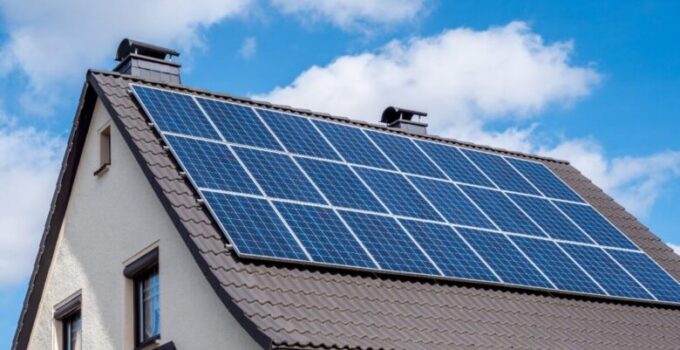If you have decided to move to solar energy, you need to calculate properly how many solar panel units you need to get to cover all your energy needs. In other words, you need to know the power value a solar panel can produce.
The productivity of a solar panel depends on these factors:
- Its size;
- It’s quality (the efficiency of the solar cell);
- The sunlight amount that it can get.
Here, we are going to speak about standard residential panels.
Solar Panel Size
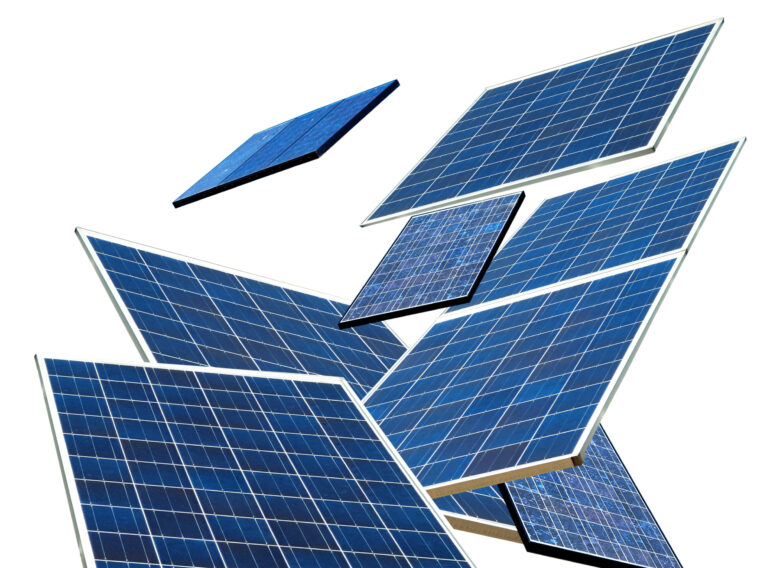
img source: solyndra.com
The size of a usual panel used for houses is 65 inches to 39 inches. Such a panel is composed of 60 solar cells. They are interconnected by wires. In these cells, the electricity is produced. The wires are used to carry the electrical energy to the junction box. If you count on maximum efficiency, we recommend installing a special sun tracking system. You can use a solar actuator from Progressive Automations to ensure the top responsiveness level.
The solar cells work together. The more solar cells work, the more energy they produce. That’s why we consider the panel size when we calculate the energy that the panel can produce.
Nowadays, an advanced solar panel can take around 25% of the solar energy to convert it into electricity. For an average panel, this value would be 19% which is still decent. If you convert it into watts, you will see that a solar panel can on average produce from 250 to 320 watts of power.
This value is indicated in the specification sheet to your panel and it is called STC (Standard Test Condition Rating). This value tells you on how much energy you can count in perfect conditions (peak sun, when per 1 sqm of surface, the power of sunlight equals 1,000). To make you understand better, these conditions are created at noon at the equator on a perfectly sunny day.
Exposure to Sunlight
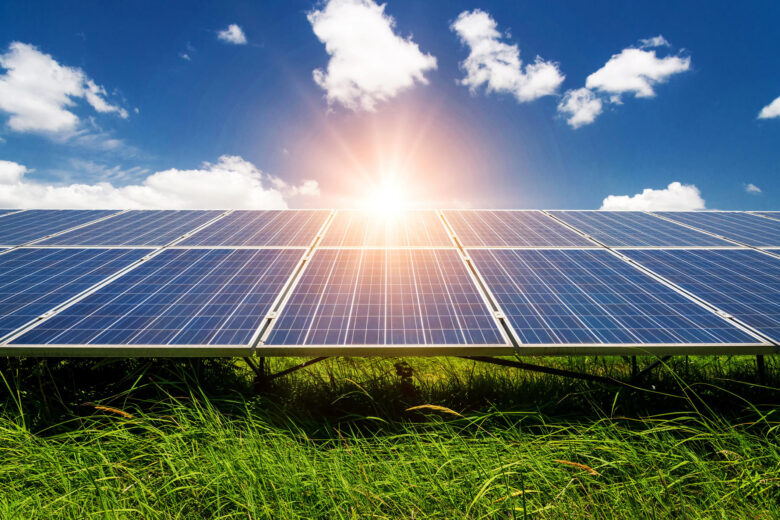
img source: solarreviews.com
Now, let us have a look at how the exposure to the sunlight influences the productivity of your collar panel.
Let us take a solar panel with STC 250 watts. If you live somewhere close to the equator, such as the Philippines, you can expect that it will perform close to its maximum. Thus, you can count on around 250 watts per hour. To get 1 Kilowatt-hour, you need 4 solar panels.
This efficiency level is valid for peak sun hours only. For the USA, peak sun hours are observed only around 4 hours per day. In most locations, this period might be much shorter. Consider also that we can speak about peak sun hours only if there were no clouds. Thus, per day, you get from one standard solar panel 1 Kilowatt of power.
Multiply it by 30 days per month, and you get the power value that your panel can produce for one month. Once more, this value is valid only if the conditions are perfect. If the conditions deviate from perfect, the power output will be lower.
If you live somewhere in a cloudier location, the productivity of your panel will be significantly lower. Thus, to check on how much power you can count, you need to determine the conditions in which the solar panel will work.
Do You Need Many Panels?
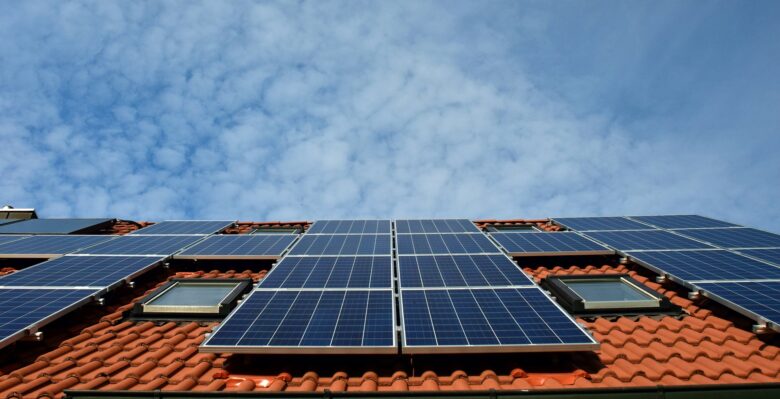
img source: wonderfulengineering.com
It is easy to reply to this question. Check your electricity bill. Usually, the power consumption is indicated there. Check how much electricity you use every month. During the winter months, electricity consumption grows if you live in a colder area if you use electrical heating. While in hot areas, air conditioning during the summertime might be the reason for the consumption increase.
Statistic tells that an average house uses around 1,00 kWh per month. Of course, the values depend on the items you use and the number of family members. For example, old light bulbs consume three times more energy than advanced CFL. If you have an air conditioning system, your energy consumption will grow, and so on.
Now, check your bill and the power output of your solar panel. For example, you use 1,000 kWh. You know that your panel produces approximately 250 watts per hour. Thus, you get 250 watts x 4 hours x 30 days per month = 30kWh. It means that to cover your needs, you need around 33 panels. With a good solar tracker, you make your solar panel system work much more than 4 hours per day. Their efficiency increases significantly.
Thus, you might reduce the number of panels and still be able to cover all your needs. If you get top-quality panels and consult a good specialist to install them in the most optimal way, you can reduce the total number of solar panels to half, 16 – 18 units. These accessories require a significantly bigger initial investment. However, in the long term, they pay off very fast.
Is Solar Panel Installation Worth the Effort?
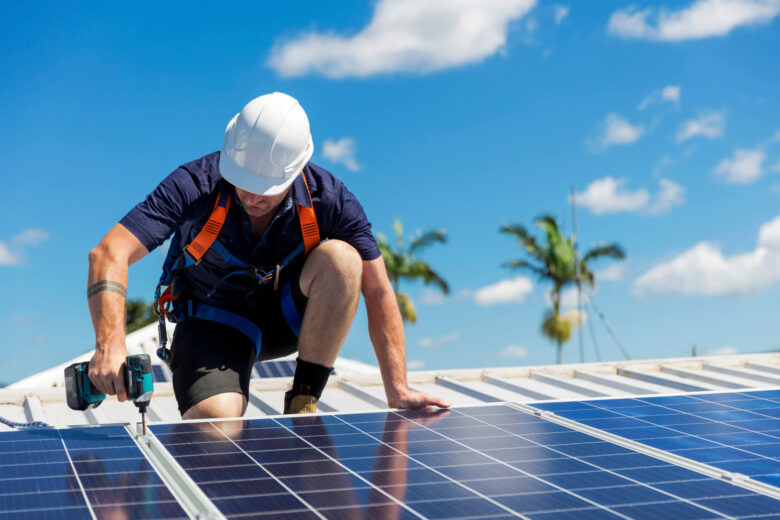
img source: modernize.com
You might be wondering now whether it is worth installing solar panels at all. Even if you buy just 18 of them, the costs will be significant. We do not consider the cheapest options here but rather those. Then, you need solar trackers, mounts, inverters, wiring, etc. While solar panels might be relatively cheap, the accompanying accessories can cost up to 7,000 – 8,000 USD.
However, even with these expenses, the new solar panels might pay off within 6 years. If you live in a shady place, the time might extend for several more years.
Now, consider that an average solar panel works a minimum of 25 years. If you take care of it, you might be able to use it for ages. Thus, after 6 years, you will be able to use free power for several decades. It looks like a very good investment. In addition, if in the long-term, the prices for energy increase (it is inevitable by the way), the investment in solar panels might become the most reasonable decision you have ever made.

